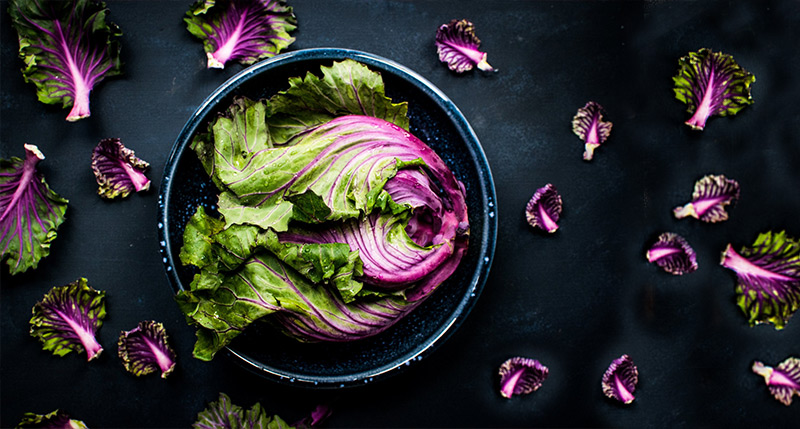Go Green with These 10 Powerhouse Veggies
There’s a reason every article about healthy eating, your parents, and your doctor are always reminding you to eat your greens. They’re low in calories but chock full of everything your body needs: vitamins, antioxidants, fiber and even protein. Green vegetables have been shown to reduce cholesterol, improve vision, manage weight, boost immunity and improve gut health. That’s quite a list!
Check out our picks for super-healthy green vegetables which include enough variety that even the pickiest eaters will find something to like.
- Kale. Yes, kale is having a moment and with good reason. This leafy green is packed with plant protein–great news for anyone looking for non-meat protein sources. It’s also full of vitamins A, C and K. Vitamin K helps promote proper blood clotting and keeps bones healthy and strong.
- Spinach. Be strong to the finish (like Popeye) by eating your spinach. This leafy green is low in carbs but high in fiber. Full of iron and calcium, it’s been shown that a diet rich in spinach can prevent cancer, encourage tissue regeneration and promote cardiovascular health.
- Swiss chard. Not strictly green, the stalks of swiss chard are often a vibrant red, orange and yellow. Swiss chard is packed with vitamins A, C and K, plus manganese, copper and magnesium. Manganese can help keep your metabolism running smoothly, reduce inflammation and help control PMS symptoms.
Swiss chard makes a delicious side dish in this version with balsamic and pine nuts.
- Artichokes. This prickly vegetable has been shown to prevent cancer, encourage tissue regeneration and promote cardiovascular health. You can buy canned artichoke hearts in any grocery store, but if you’re feeling adventurous, you can pick up fresh ones and boil or grill them.
- Broccoli. No way we were leaving broccoli off our list! This cruciferous vegetable is as healthy as they come. Packed with fiber, vitamin C and folate, consuming broccoli has been shown to support digestive, eye and heart health. It may also slow signs of aging. If you’ve been scarred by the mushy broccoli of your youth, rewire your taste buds by grilling, roasting or blanching it to preserve taste and texture.
- Asparagus. Green, white or purple–asparagus is good for you no matter its color. Eating this veggie can help reduce inflammation and fight free radicals, which can damage cells. Asparagus also contains vitamins C and E, plus beta-carotene—which protects your skin and eyes and improve respiratory health.
- Celery. Long considered a diet food because of its high water content and negligible calories, celery is actually full of nutrients too. It contains vitamins C and K, plus calcium, folate and riboflavin. Eating celery has been shown to combat inflammation, aid in digestion and reduce cholesterol.
Tired of celery and peanut butter? Try this upgraded, yet simple, celery appetizer.
- Scallions. You may think of scallions–also known as spring or green onions–as a garnish, but they’re a pretty darn healthy one. They’re full of fiber, vitamin C and potassium. Eating plenty of scallions has been shown to reduce cholesterol, lower blood pressure and prevent oral cancer.
- Romaine lettuce. This salad staple is full of vitamins and minerals. It’s high in calcium, phosphorus, magnesium and potassium. It’s also a good source of beta-carotene and folate. Folate is essential for proper fetal neurological development.
- Watercress. We saved the best for last! Believe it or not, watercress tops the CDC’s list of powerhouse vegetables and fruits. Why? Eating watercress has been shown to do everything from preventing breast cancer and improving thyroid function to improving vision and lowering blood pressure.
No idea how to prepare watercress? Try a simple avocado and watercress salad.
If you’re someone who doesn’t generally like greens, keep an open mind and experiment with new recipes. There are many different ways to eat any vegetable–and if all else fails, throw them on the grill. Have you ever had grilled romaine lettuce? It’s pretty amazing. Remember, the more vegetables you eat, the healthier you’ll be–the math really is that simple.

